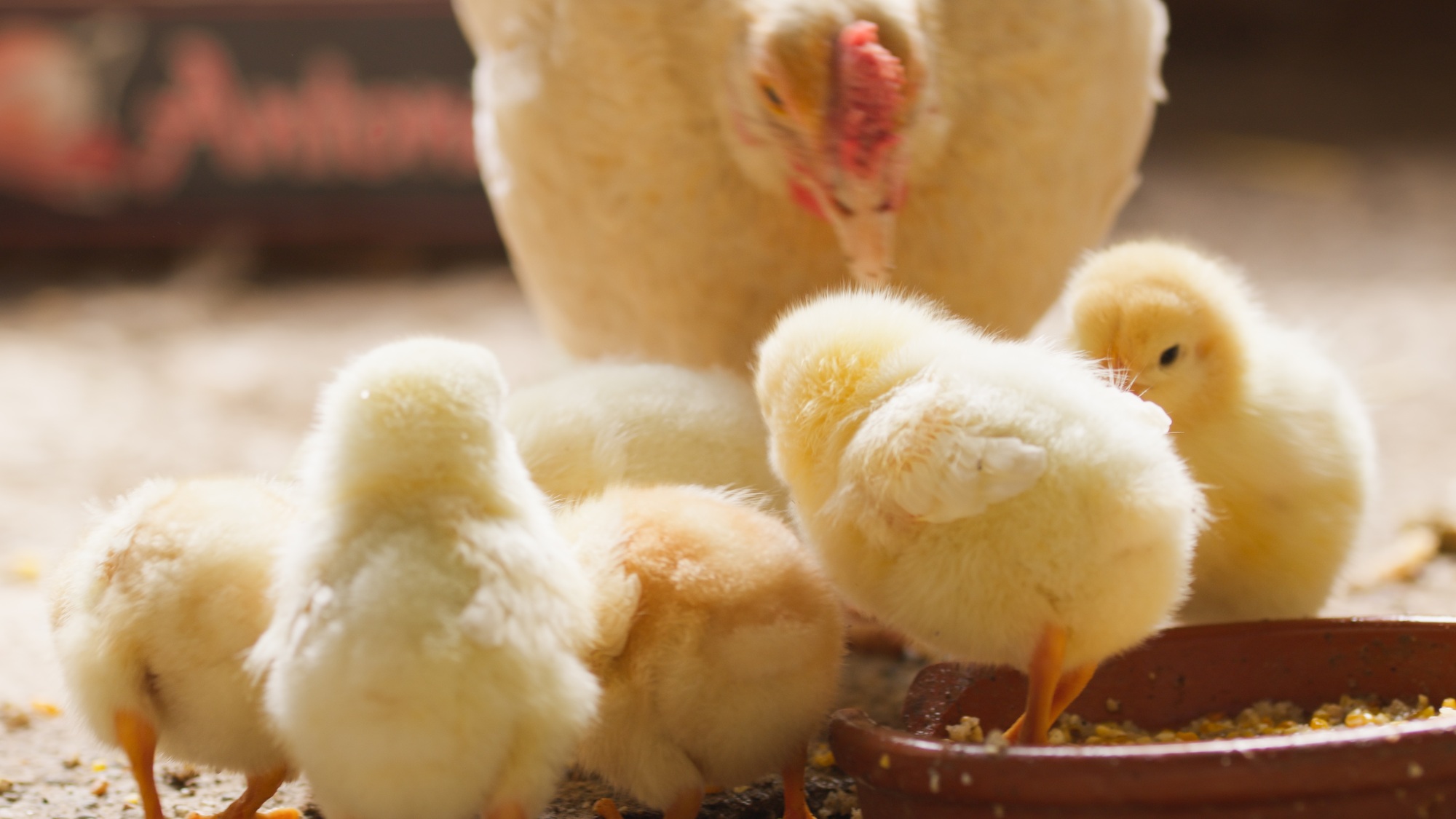Infectious Bronchitis Virus (IBV) remains a prominent challenge in the poultry industry, affecting chickens worldwide.
This virus is notorious for causing bronchitis—an ailment that compromises the respiratory systems of birds, leading to increased mortality rates and substantial economic losses. The disease is highly contagious, with various strains affecting different regions, making it crucial for poultry farmers and researchers to stay informed.
As we delve into the complexities of IBV, we aim to explore the latest advancements in vaccination strategies and ongoing research efforts, particularly through platforms. Understanding the dynamics of this virus helps in formulating effective responses against it.
Understanding Infectious Bronchitis Virus (IBV)
Infectious Bronchitis Virus (IBV) falls under the umbrella of coronaviruses, specifically affecting birds. Known for its rapid mutation rate, IBV can lead to varying degrees of disease severity among chickens.
The virus primarily spreads through aerosols, contaminated feed, and water, making biosecurity measures essential in managing outbreaks. The strains of IBV can be classified into two main groups: nephropathogenic and immunopathogenic, each causing distinct clinical symptoms and complications.
When we consider its impact, it becomes evident that IBV not only affects the health of individual birds but also poses a threat to the poultry industry as a whole. Infection can lead to severe economic repercussions, including reduced egg production, increased veterinary costs, and the potential culling of affected flocks. Consequently, the relationship between IBV and its various strains underscores the need for ongoing research and development of vaccines.

In a world where poultry farming has become a pivotal industry, ensuring the health of bird flocks is paramount.
Researchers are increasingly turning to scientific databases to gather insights into the genetic makeup of IBV. Here, you can find numerous studies addressing the virus’s evolution and its interaction with the immune system of birds.
The Role of Vaccination in Combatting IBV
Vaccination has emerged as a cornerstone in the battle against infectious bronchitis. The development of effective vaccines can significantly reduce the incidence of IBV and its associated complications. Various types of vaccines are available, including live attenuated, inactivated, and recombinant vaccines, each designed to stimulate the bird’s immune response against IBV. You can learn more about that on the Poultry Ceva website.
For poultry producers, selecting the appropriate vaccine is crucial. Different strains of IBV may require specific vaccine formulations to ensure optimal protection. As such, it is pivotal to conduct thorough research on local virus isolates to choose the right vaccination strategy. Ongoing studies are focusing on creating vaccines that provide broader protection against multiple strains, thereby mitigating the risk of infection.
Moreover, the timing and method of vaccination play critical roles in maximizing efficacy. Vaccination schedules should align with the life stages of the chickens to ensure that they develop immunity before they are exposed to the virus. Additionally, proper administration techniques are essential to minimize stress and maximize the immune response.
In recent years, advancements in vaccine technology have led to the emergence of novel delivery systems. These include vector-based vaccines that utilize harmless viruses to deliver IBV antigens directly into the host’s cells. Such innovations not only enhance the immune response but also provide a means to cope with the rapid evolution of IBV strains.
Current Research Trends in IBV Studies
Research into Infectious Bronchitis Virus (IBV) is vibrant and ongoing, fueled by the need to tackle the ever-evolving nature of this pathogen. Scientists are employing various methodologies to gain insights into virus transmission, pathogenesis, and immune responses in birds.
One significant area of focus is the genetic diversity of IBV. Understanding the genetic variations among strains allows researchers to predict potential outbreaks and adapt vaccination strategies accordingly. Genomic studies have revealed insights into how the virus adapts to different environments and hosts, providing clues about its transmission dynamics. This knowledge is essential for developing future vaccines that can cater to emerging strains.
Moreover, the application of molecular biology techniques, such as reverse genetics, has paved the way for creating attenuated vaccine candidates. These techniques enable scientists to manipulate the virus’s genetic material, creating strains that can provoke an immune response without causing disease. Such research is crucial for developing vaccines that are both safe and effective.
In addition to genetic studies, researchers are exploring other dimensions, such as the role of the environment in IBV outbreaks. Studies have shown that factors like temperature, humidity, and even air quality can influence the virus’s survival and transmission. Addressing these environmental factors in conjunction with vaccination efforts can create a more comprehensive strategy for controlling IBV.

How Avian Infectious Bronchitis Threatens Poultry Farms ?
Best Practices for Poultry Farmers
To effectively combat Infectious Bronchitis Virus (IBV), poultry farmers must implement a combination of vaccination and biosecurity measures. These practices not only protect the birds but also ensure the sustainability of poultry farming. Adopting a proactive approach can significantly reduce the incidence of infection and its associated economic impact.
Establishing robust biosecurity protocols is the first step. This includes restricting access to poultry houses, ensuring personnel and equipment are sanitized, and maintaining strict cleanliness standards. Farmers should regularly monitor their flocks for any signs of illness, facilitating early detection and intervention.
In addition to biosecurity, creating a vaccination schedule tailored to the specific needs of the flock is essential. Engaging with veterinary professionals can help determine the most effective vaccination strategy, which may involve using multiple vaccines to cover various strains of IBV. Keeping accurate records of vaccination dates and responses assists in evaluating the effectiveness of the vaccination program.
Moreover, educating farm staff about the symptoms of IBV and its transmission routes is crucial. Training on proper vaccination techniques also ensures that birds receive the best possible protection. Farmers should stay informed about the latest research findings related to IBV, particularly regarding emerging strains and vaccine developments.
Integrating these practices into daily operations not only enhances the health of the flock but also contributes to the overall resilience of the poultry industry.
A Unified Approach to IBV Control
In summary, tackling Infectious Bronchitis Virus (IBV) necessitates a multifaceted strategy that incorporates research, vaccination, and stringent biosecurity measures. As we have examined, the virus poses significant challenges due to its ability to mutate and adapt, making it imperative for poultry producers and researchers to collaborate closely.
Through ongoing research, veterinarians and scientists can identify the most effective vaccines against the various strains of IBV. By implementing best practices in biosecurity and vaccination, poultry farmers can significantly reduce the risk of outbreaks, ensuring healthier flocks and a more stable industry.
In this ongoing battle against infectious diseases, a unified approach—combining knowledge, technology, and community efforts—will be essential in advancing the fight against IBV and securing the future of poultry health.
